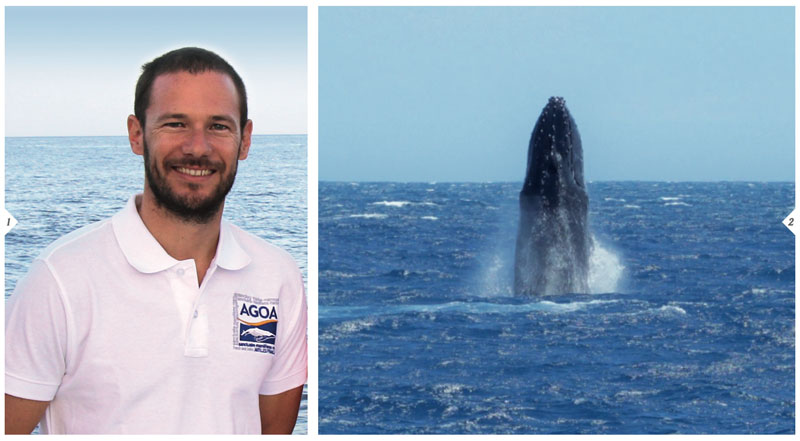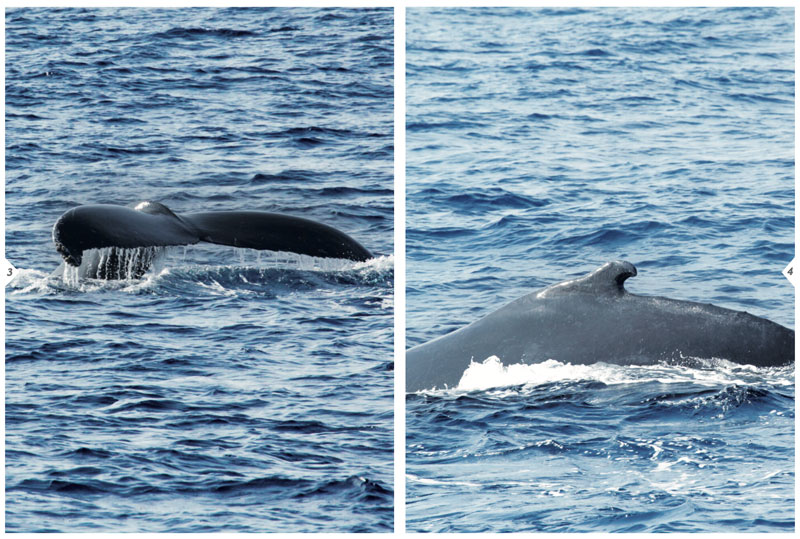
A year of listening in Caribbean waters allowed us to learn more about the whales migrating through the region. Marine biologist Jérôme Couvat shares his scientific discoveries, as unexpected as they are enigmatic.
“One might say that this study poses more questions than it solves…” Led by the Agoa Sanctuary from 2018-2021, the goal of the CARI’MAM project (Caribbean Marine Mammals Preservation Network) was to reinforce the collaboration between different players working for the protection of marine mammals in the Caribbean. “Certain islands often know very little about the nature of the animals that traverse their waters.

One of the axes of this project was to obtain a first look, on a regional level, at the different species of dolphins and whales that exist here,” contextualizes Jérôme Couvat, scientific director for the Agoa Sanctuary, a large protected area for marine mammals that is managed by the French Office of Biodiversity.
It was in this light that 17 micro submarines were deployed in 13 areas of the Caribbean. Hydrophones, capable of recording over 40-day cycles, captured, over the course of a year, all that passed by their ‘ears’—natural environmental sounds, noises from human activities, and more importantly, the songs of whales. “The data that was collected was sent to the University of Toulon, experts in acoustic studies—especially concerning marine mammals. This university has developed artificial intelligence capable of recognizing the songs of the whales and able to probe the recordings at high speed with a capital S.”

By late summer 2022, the results of the year’s recordings were revealed, and not without some surprises. As the University of Toulon affirms: In addition to being composed in 12 couplets, recorded in quasi-totality by the microphones, the songs of the whales in the Caribbean vary from one island to another. “We did not expect that. We were able to define a large variability in the utilization and the frequency of different couplets. The male whales migrating in the Caribbean do not all sing in the same way, and there are often important differences, even if the islands are very close to each other… That is rather surprising as the whales move around a lot once they are in Antillean waters.” For example, the songs recorded in Saint Barthélemy are quite different from those of Anguilla, yet the island is right next door.
This significant advance in the study of the behavior of whales in the region also raised numerous questions. The second year of the sound study will hopefully help solve more of the mysteries that still revolve around these curious melodies of the Caribbean basin.

